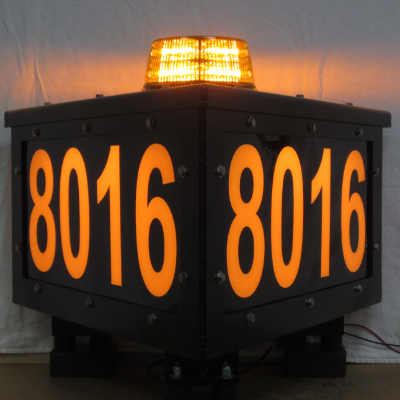Polyurethane protects mining equipment from high-impact and wear applications

Polyurethane is a versatile material that can improve the resilience of your mining equipment. — Photo courtesy Argonics Mining equipment must withst
Polyurethane is a versatile material that can improve the resilience of your mining equipment. — Photo courtesy Argonics
Mining equipment must withstand some of the toughest abuse in terms of impact and wear due to the harsh environment and long hours of use. When equipment fails, it can bring production to a halt until it is repaired or replaced, which may take days or weeks in remote locations. This can cost tens of thousands of dollars or more if the equipment is required for excavating, hauling, conveying or processing.
The problem is that traditional materials such as rubber and steel, tough as they are, can become damaged or experience severe wear in contact with a variety of sharp or coarse mining materials. Even traditional liners may not sufficiently protect against damage or abrasion.
Fortunately, the innovative material polyurethane (commonly called urethane) withstands severe impact, puncture, cutting, tearing and abrasion. The material also has the ability to change shape under heavy load pressure, then return to its original shape once the load is removed.
In fact, urethane provides greater shock and wear resistance than rubber or steel, and can be customized to meet unique specifications. Because of this, urethane is increasingly utilized in a wide range of mining applications such as impact-and abrasion-resistant plates, blasting curtains and screens, conveyor liners and skirtings, haul truck bed liners, and OTR tire sidewall protectors for various vehicles.
Mine and quarry bulk handling equipment, such as batchers, bins, chutes, drums, hoppers, turn-heads, dump cones and belt cleaners, can experience severe wear in contact with a variety of coarse materials, particularly at “hot spots” where excessive abrasion occurs.
In such cases, the bare structure of the equipment may not be adequately wear resistant, and even traditional steel or rubber protective liners may insufficiently control the abrasion. This can pose a risk of costly spillage through holes and gaps, along with production downtime for repair and cleanup.
For such applications, sheets made from urethane provide far better wear resistance than more traditional options such as rubber or steel (both AR400 and AR450 plate). Because urethanes also offer significantly less friction than rubber, this not only helps to reduce wear in contact with rough materials but also improves equipment cleanability, which enhances productivity.
This “tougher than steel” liner can be made even more durable with embedded ceramic tiles. It can also be cut from full sheets of various sizes to fit the contours and shapes of high-contact areas, so it can easily be welded or bolted to provide extreme wear protection wherever it is required.
Urethane with embedded ceramics can be optimized to resist not only sliding abrasion but also impact or various combinations of the two. This approach can last up to 10 times longer than steel or rubber alone, and up to four times longer than urethane alone.
While urethane liners can be cut to fit and installed on site, custom liners made to fit more complex configurations can increase reliability, simplify installation and further reduce production downtime.
For more information, visit www.argonics.com, call 800-991-2746 or email [email protected].




